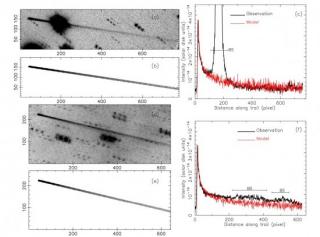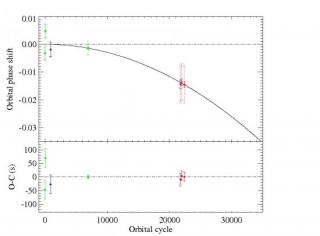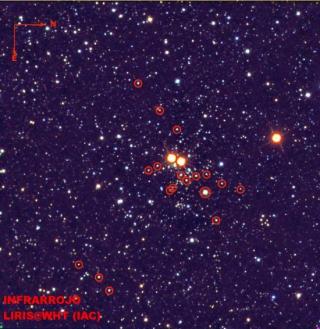
We present observations and an interpretative model of the dust environment of the Main-Belt Comet P/2010 F5 (Gibbs). The narrow dust trails observed can be interpreted unequivocally as an impulsive event that took place around 2011 July 1 with an uncertainty of ±10 days, and a duration of less than a day, possibly of the order of a few hours. The best Monte Carlo dust model fits to the observed trail brightness imply ejection velocities in the range 8-10 cm s –1 for particle sizes between 30 cm and 130 μm. This weak dependence of velocity on size contrasts with that expected from ice
Advertised on


